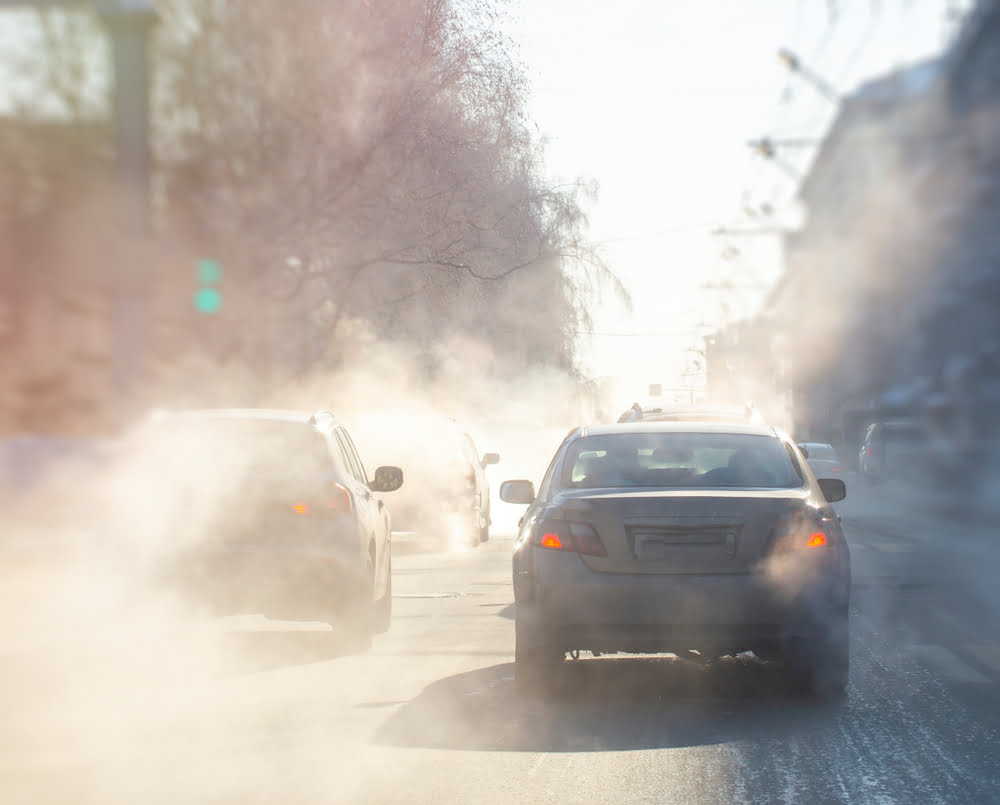New study reviewing mitigation measures to reduce tire and road wear particles has been published
Non-exhaust emissions of particulate matter (PM), including tire and road wear particles (TRWP), constitute a little-known but rising share of emissions from road traffic and have significant negative impacts on public health. A recently published study aims to shed some light on this topic and evaluate how different technological and non-technological mitigation measures can reduce the impact of these "hidden" emissions.
Traffic-derived air pollution comprises a mixture of gaseous pollutants (like NOx, CO and SO2) and particulate matter (PM10 and PM2.5) from fuel combustion and exhaust (tailpipe) emissions. Road transport is also a source of non-exhaust emissions, for example, particles originating from mechanical abrasion of brakes and tires; erosion of road surfaces and resuspension of dust accumulated on the road; volatile organic compounds from evaporative loss of fuels and release of solvents. A considerable part of these particles are from the fine and ultrafine fractions, which results in a higher impact in terms of human health and respiratory diseases, due to their larger reactive surface area and the ability to penetrate deeper into our lungs, and even worse, the possibility of entering our the blood circulation to impact other organs in the body.
The adoption of progressively more stringent emission regulations for gasoline and diesel vehicles (Euro standards), as well as electrification, has resulted in significant reductions in vehicle exhaust emissions, progressively reducing gaseous pollutants and PM from the exhaust of new vehicles. As a consequence, the proportion of non-exhaust emissions has increased, in some cases widely exceeding exhaust emissions. Even worse, steady growth in this non-exhaust contribution is forecasted, owing to the phasing-out of older vehicles, increased electrification of road transport, increased vehicle size and weight, and the absence of legislation to limit/reduce non-exhaust particles. It is not surprising, therefore, that those calls have been made for non-exhaust emissions from traffic to receive immediate recognition as a relevant source of ambient particulate matter. But how can we achieve an effective reduction in the emissions and impact of these particles and microplastics?
Getting a closer look at tire and road wear particles
A recent study was published in August 2023, with the major goal of summarising and assessing the state of the art in science and technology of mitigation measures for tire and road wear particles. An exhaustive literature review of approximately 500 sources was conducted, analysing the efficiency, maturity, implementation, and impact of several mitigation measures. As a general conclusion, there are several technological and mitigation measures with a beneficial impact in preventing TRWP from entering the environment, as well as post-release measures such as street cleaning and washing. However, there is no silver bullet - no individual measure can solely solve the TRWP issue, and only a mix of combined measures could potentially be more effective. Future mobility trends like electromobility and autonomous driving are important issues within the context of TRWP mitigation and should be further investigated.
As this becomes a growing concern, policymakers including local authorities, the auto and tire industry, and other relevant stakeholders must work together on developing and implementing preventative and end-of-pipe mitigation strategies for TRWP emissions. This common mitigation strategy, due to the complexity of the TRWP issue, should integrate all policy areas such as local air quality, climate, environment, and public health. And local authorities are actively part of the solution, by implementing traffic-calming measures and speed-reduction initiatives such as the ones in the cities of Paris, Brussels, and Amsterdam. This is also an opportunity to push for ambitious limit values for tire and brake emissions, as part of the upcoming Euro 7 emissions standards currently under EU trilogue negotiations.
